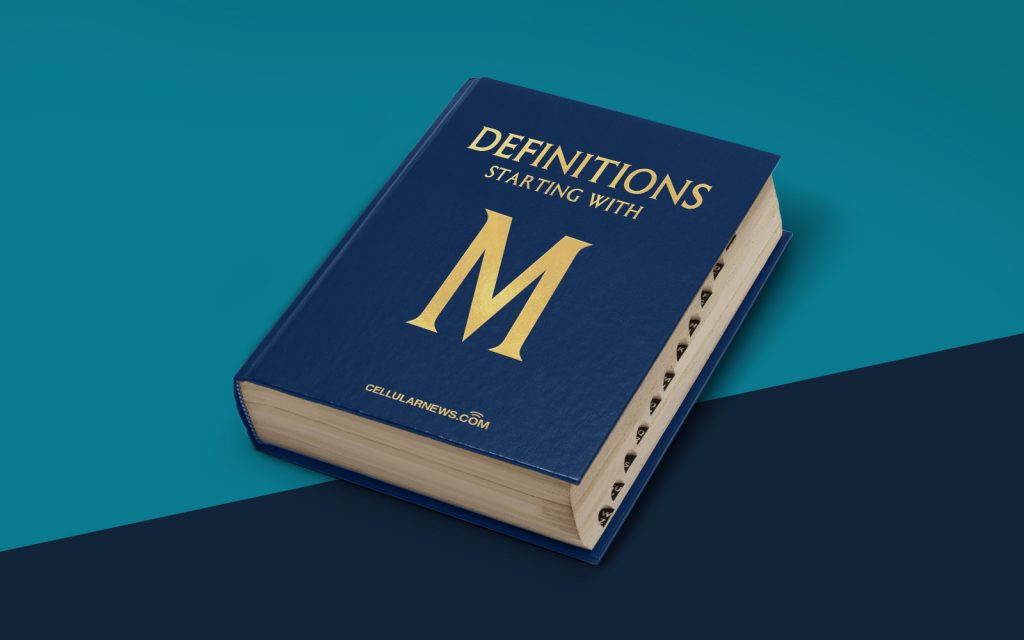
What is Multitenancy?
Welcome to the Definitions category on our page! In this post, we’re going to delve into the world of multitenancy and explore what it really means. Whether you’re a tech enthusiast, a business owner, or just someone curious about the latest trends in technology, we’ve got you covered. So let’s dive in and demystify the concept of multitenancy!
Key Takeaways:
- Multitenancy refers to a software architecture that allows a single instance of an application to serve multiple clients, known as tenants, simultaneously.
- Each tenant operates within its own isolated environment, ensuring data security and privacy.
The Skinny on Multitenancy
So, what exactly is multitenancy? At its core, multitenancy is a software architecture model that enables multiple clients, or tenants, to utilize a single instance of an application. In other words, it allows different organizations or users to access and use a software system without compromising their data privacy and security. Imagine a sky-rise building where each floor represents a different client, and each client operates independently within their own designated space. That’s essentially multitenancy!
Multitenancy offers several advantages that make it a popular choice for businesses and software providers:
- Cost Efficiency: By sharing resources and infrastructure, multitenancy reduces the overall cost of software development and maintenance. It eliminates the need for separate physical servers for each client, saving both money and effort.
- Scalability: With multitenancy, software providers can easily scale their application to accommodate a growing number of clients. They can add new tenants without the need for extensive modifications or disruptions.
- Data Security: One of the key benefits of multitenancy is the isolation of data between tenants. Each tenant operates within a secure, segmented environment, preventing unauthorized access and ensuring data privacy.
- Easy Updates and Maintenance: With a single instance of the application, updates and maintenance tasks are simplified. Software providers can deploy updates to all tenants in one go, reducing downtime and costs associated with individual client updates.
Typically, multitenancy is used in cloud-based software solutions, where it allows providers to efficiently serve multiple clients while maintaining high levels of security and performance. It has become particularly popular in industries such as customer relationship management (CRM), enterprise resource planning (ERP), and software-as-a-service (SaaS).
Conclusion
Multitenancy, in a nutshell, is a software architecture approach that allows a single instance of an application to serve multiple clients simultaneously. It offers cost-efficiency, scalability, data security, and streamlined maintenance, making it a compelling choice for businesses and software providers.
Now that we’ve demystified the concept of multitenancy, you can impress your friends and colleagues with your newfound knowledge! If you have any questions or want to learn more about multitenancy or any other technology-related topics, feel free to explore our blog for more informative content. Happy learning!
